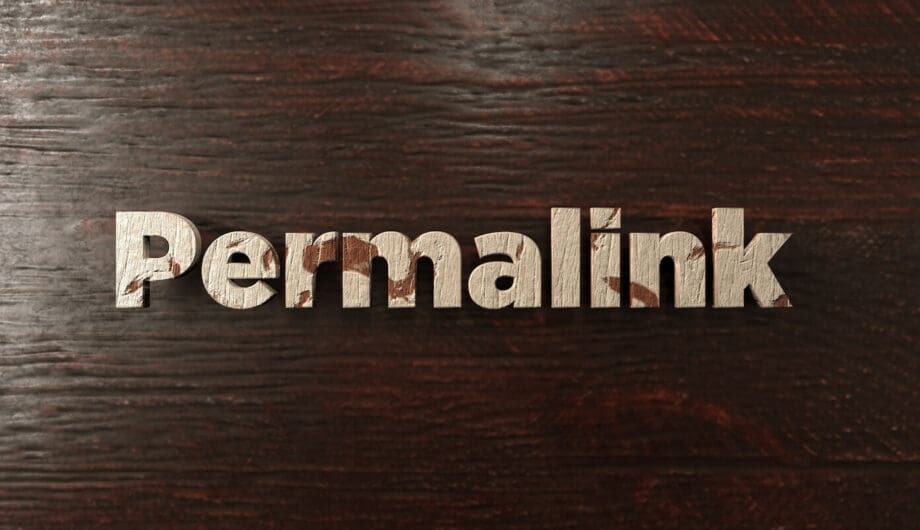
As I’m learning my way around Gutenberg, I’m finding myself with new questions that I’m determined to find an answer to. One of those questions right off the bat was how to change your permalinks.
What is a permalink?
A permalink is simply the URL to an individual blog post. Simple as that. The main URL for my website is https://www.sumydesigns.com/ but the permalink for this post is https://www.sumydesigns.com/custom-wordpress-permalinks/
In the classic editor, the permalink spot was right below your page title and very obvious to find, but in Gutenberg, you can’t change your permalink until a draft of your post is saved. There is auto save, so it shouldn’t be too long, but if you try to customize your permalink before there’s an auto-saved draft, you can’t.
Why change your permalink?
This is the more important question. There was a time, back when we started this blog, where I never gave a second thought to my permalinks. Whatever showed up as the default was what it was. And the default permalink is just the page or post title.
Simplicity
Sometimes those post titles are long. If I went with the default permalink for this post title, then my url would be https://www.sumydesigns.com/how-to-customize-your-permalinks-in-wordpress/ – which is a ridiculously long permalink. That’s harder for sharing, takes up more space in your social media posts, and is just not necessary.
Choose a simpler, but relevant permalink instead.
SEO Benefits
Did you know that your permalink plays a role in SEO? If you are planning a content strategy for your blog and you have selected a keyword for that post, then it’s important to use that keyword phrase in your permalink.
Remove the date from your permalinks too
Back when we started this blog, all of our posts had the date in the URL. That was the out-of-the-box structure of URLs. And it made sense, because you could easily find out when a post was published. That’s super useful for your user. However, it makes the URL long and ugly.
If you’ve already been using the URLs with the date, don’t change it unless you know how to redirect all those posts to the new URL without the date. This can be complicated, so ask for help if you need it. You don’t want hundreds of 404 errors.
And don’t mistake my note about removing the date to mean removing your date from the post. People need to know when your article was published, so be sure to include the date at the top or bottom of the article. (I like it at the top. If you’re writing about SEO and your article is from 2014, I need to know that because things change quickly.) But you don’t need the date in your permalink.
Other Tips
- Use dashes instead of spaces (WordPress automatically removes spaces and adds dashes for you)
- Remove stop words like is, are, to, of, etc
Finally, if for any reason you change your permalink, make sure you redirect it so that anyone hitting the old URL gets to the post and not an error page!
Need help with your permalinks? Request a quote today and we can help you sort it all out.
Amy Masson
Amy is the co-owner, developer, and website strategist for Sumy Designs. She's been making websites with WordPress since 2006 and is passionate about making sure websites are as functional as they are beautiful.

It’s not the same for Pages – can you advise on that?
Are you using the block editor or classic? It’s the same for both posts and pages if you are using the same editor.